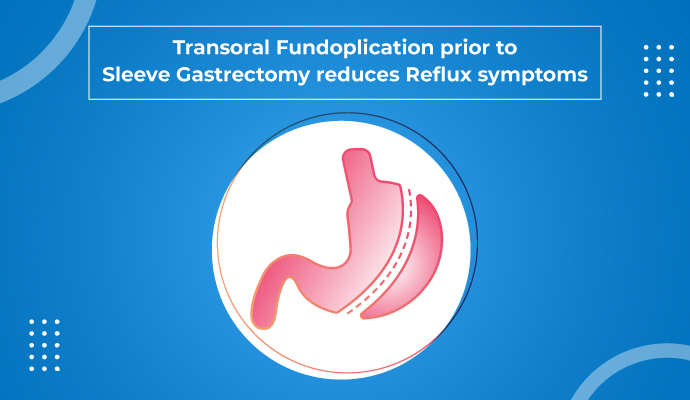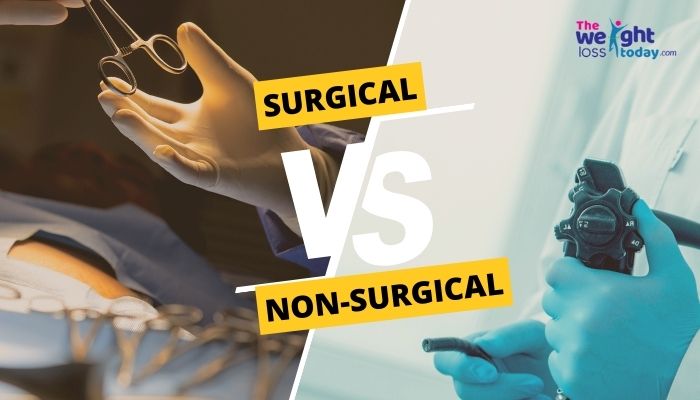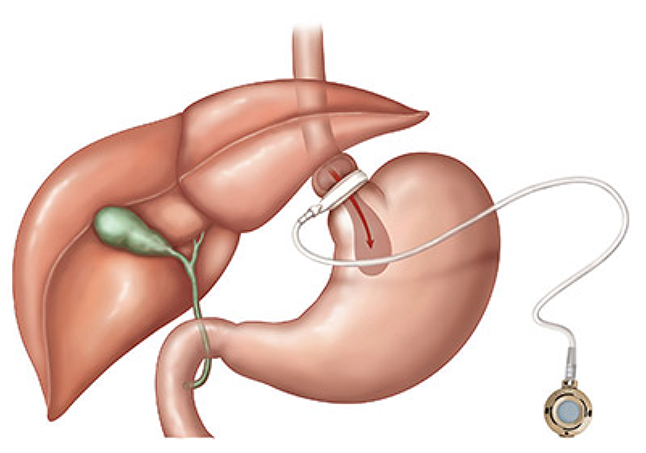Obesity is a complex condition characterized by an accumulation of...
Read More
Sleep apnea and how it is associated with Obesity
Sleep apnea refers to a condition in which
58,932 total views, 55 views today
Home » Adjustable Gastric band
Obesity is defined as having a body mass index (BMI) of over 30 kg/m2. The BMI is the measure of the body fat based on an individual’s weight and height. Obese individuals are at higher risk for many serious diseases compared to those with healthy weight.
Though numerous therapeutic approaches and weight management programs have been advocated for obesity, many obese people are unable to lose enough weight or to prevent gaining back the weight. In such cases, surgical interventions may be recommended for effective long-term management of morbid obesity.Adjustable gastric band surgery may be right for you if:
Once you are eligible for a gastric banding, certain steps must be followed before the surgery to improve the results and avoid complications related to the surgery.
The pre-operative work-up consists of the following:
The gastric banding surgery usually requires a hospital stay, and you would be admitted to the hospital on the day of your surgery. The procedure typically takes about 45 minutes to an hour to perform.
A general anesthesia would be administered to put you to sleep and make you comfortable during the procedure. The insertion of the adjustable gastric band is usually done via a laparoscopic approach. It involves inserting a scope (flexible fibro optic video camera attached to a narrow tube) and other instruments needed to perform the surgery through small incisions in the abdomen.
The general steps involved in a gastric banding surgery are as follows:
Soon after the procedure, you would be moved to the recovery room and monitored until you recover from anesthesia. Once you wake up, you would be taken to your hospital room.
Intravenous (IV) fluids would be administered promote hydration. Along with IV fluids, antibiotics as well as pain medications are administered. Depending on the clinical conditions, you will be discharged in one or two days.
In addition to this diet plan, you will be instructed to take multi-vitamin and B complex medications as absorption of vitamin would be affected by the weight loss surgery.
You will be instructed to start off with 10-15 minutes of some form of exercise two to three days a week and increase to 30 to 45 minutes every day to achieve best results.
You will be instructed to undergo frequent medical checkups at regular intervals for adjusting the band as per the weight loss and to monitor your health.
Weight-loss with an adjustable gastric band is slow and steady with long term benefits. The results may vary from person to person. However, one can expect approximately 35 to 45 % loss in their excess body weight. If needed, the procedure can be reversed (i.e. the band can be removed), as the surgery does not alter the anatomy of the stomach. The gastric banding surgery also improves obesity associated comorbidities. It is essential to carefully follow diet and exercise guidelines provided by the healthcare team before surgery and after surgery to improve the outcomes.

Sleep apnea refers to a condition in which
58,932 total views, 55 views today

Since the beginning of 20th century, the overall
58,909 total views, 55 views today

New year is the time for new beginnings.
59,609 total views, 55 views today

Weight loss can be tricky business, as it
59,480 total views, 55 views today

According to a recent study, weight loss through
60,379 total views, 55 views today

According to a recent study, preoperative very low
60,380 total views, 55 views today

A recent study conducted on GERD (Gastroesophageal Reflux
60,384 total views, 55 views today

A recent study done to examine the long-term
59,266 total views, 55 views today

Overweight and obesity is a major health concern
29,551 total views, 39 views today

A recent study published in the Journal of
28,741 total views, 39 views today

The findings from a recent study, published in
28,982 total views, 39 views today

The findings of a recent study, published in
29,382 total views, 39 views today

Obesity is a complex condition characterized by an accumulation of...
Read MoreObesity is a lifestyle disorder, characterised by an excess amount...
Read MoreFor obese patients, bariatric surgeries are like a dream come...
Read MoreBariatric surgeries are recommended when the obese person fails to...
Read MoreObesity is emerging as a global epidemic. In 2016, more...
Read MoreObesity is defined as having a body mass index (BMI)...
Read More